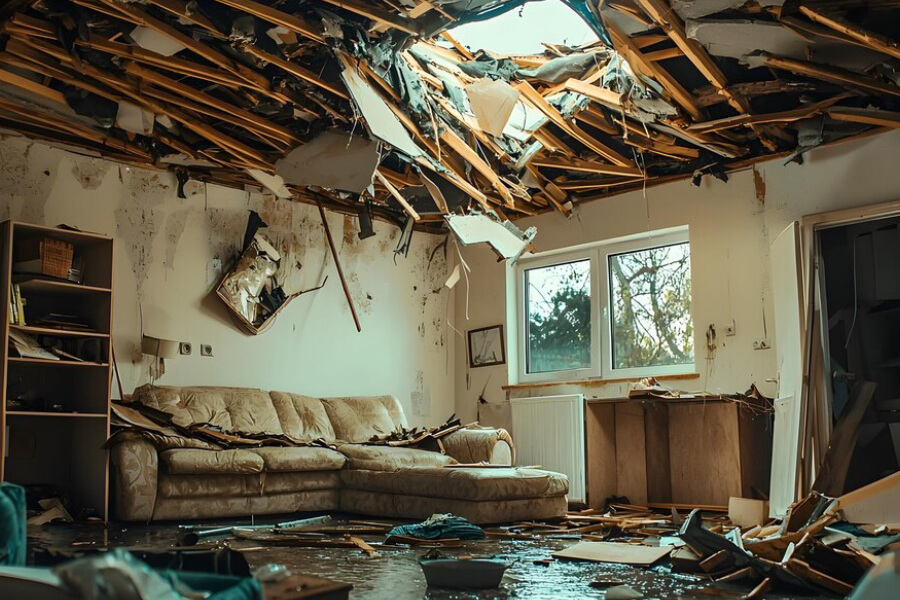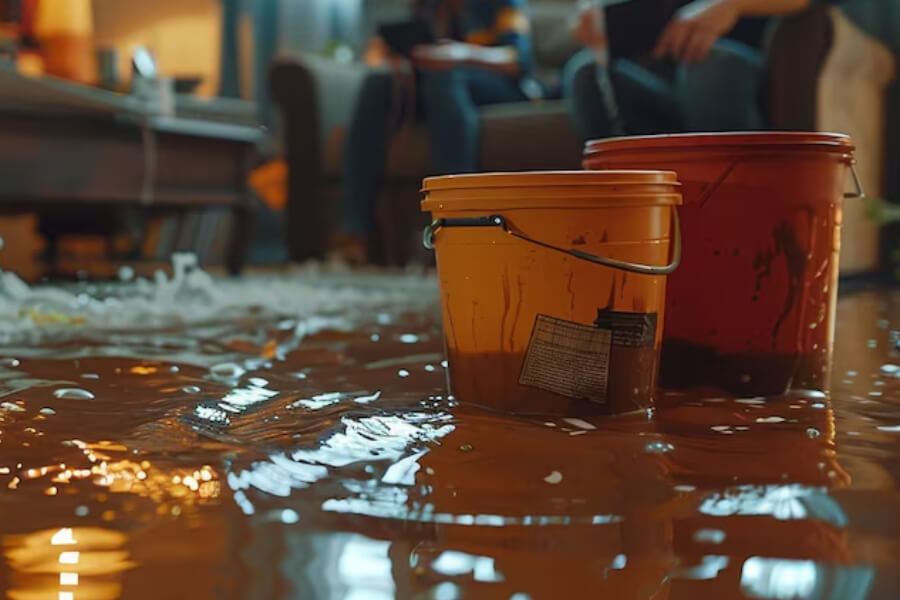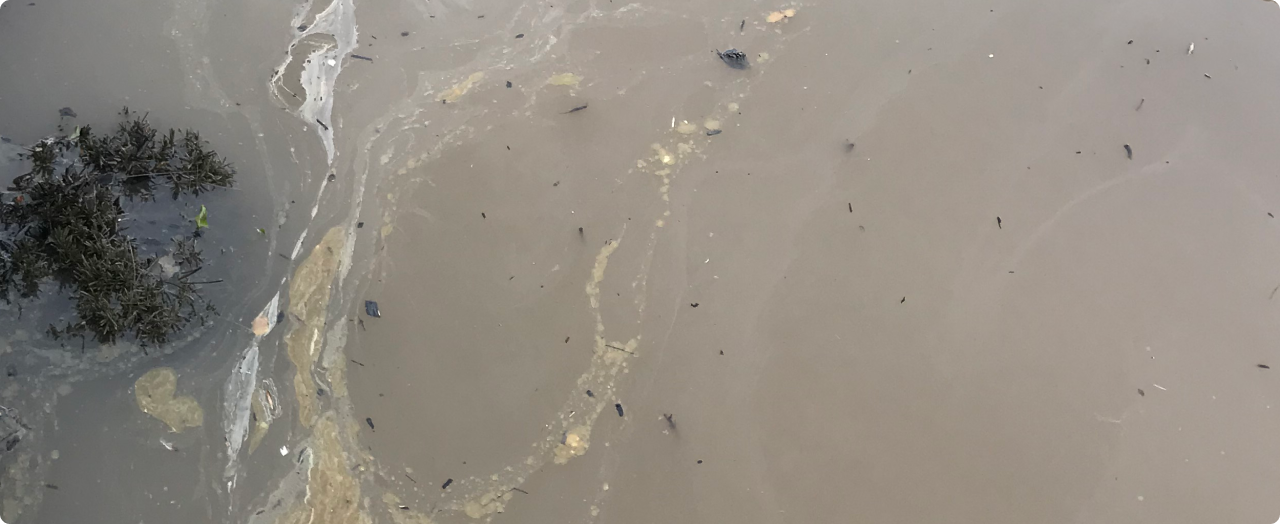In an unpredictable world, having a robust disaster preparedness plan for your home is not just wise—it’s essential. Whether you’re facing the threat of natural disasters, fire, or severe weather, a well-thought-out plan can make the difference between chaos and controlled response. This guide will walk you through creating a comprehensive disaster preparedness plan, ensuring you’re ready for whatever challenges may come your way.
Understanding Potential Risks
The first step in creating your plan is to assess the potential risks in your area:
- Natural disasters (earthquakes, hurricanes, floods, tornadoes)
- Fire hazards
- Severe weather events
- Man-made disasters
Research your local area’s history of disasters and consult with local emergency management offices for specific regional risks.
Creating Your Disaster Preparedness Plan
Develop an Emergency Communication Plan
- Create a contact list with emergency numbers and out-of-area contacts
- Decide on a family meeting place outside your home and neighborhood
- Consider a communication method if phone lines are down (e.g., walkie-talkies)
Build an Emergency Kit
Your kit should include:
- Water (one gallon per person per day for at least three days)
- Non-perishable food (at least a three-day supply)
- Battery-powered or hand-crank radio
- Flashlight and extra batteries
- First aid kit
- Whistle to signal for help
- Dust masks, plastic sheeting, and duct tape for shelter
- Moist towelettes, garbage bags, and plastic ties for sanitation
- Wrench or pliers to turn off utilities
- Manual can opener
- Local maps
- Cell phone with chargers and backup battery
Plan for Evacuation
- Know your evacuation routes and alternate routes
- Keep your car’s gas tank at least half full at all times
- Prepare a “go-bag” with essentials for each family member
- Have a plan for pets and livestock
Create a Home Inventory
- Document your possessions with photos or videos
- Store inventory in a safe, easily accessible place
- Consider cloud storage for digital copies
Implement Home Safety Measures
- Install smoke detectors and carbon monoxide detectors
- Have fire extinguishers readily available
- Secure items that could fall during an earthquake
- Consider impact-resistant windows for hurricane-prone areas
Plan for Specific Disasters
Tailor your plan to specific risks in your area. For example:
- For floods: Have materials to create barriers and elevate important items
- For earthquakes: Identify safe spots in each room for “Drop, Cover, and Hold On”
- For fires: Plan multiple escape routes from each room
Practice Your Plan
- Conduct regular drills with your family
- Update your plan annually or after significant life changes
Preparing for Water Damage
Water damage is a common consequence of many disasters. Be prepared by:
- Knowing how to shut off your main water valve
- Elevating important items in flood-prone areas
- Having a sump pump with battery backup
- Keeping gutters and downspouts clear
- Researching “water damage restoration near me” services in advance
Fire Damage Preparedness
To minimize fire damage risks:
- Create a fire escape plan with multiple routes
- Install fire alarms and check batteries regularly
- Keep fire extinguishers accessible
- Clear your property of dried vegetation (if in a wildfire-prone area)
- Research “fire damage repairs near me” services beforehand
The Role of a Water Mitigation Company
In areas prone to flooding or water damage, knowing a reliable water mitigation company can be crucial. These specialists can:
- Respond quickly to water emergencies
- Prevent further damage through rapid water removal and drying
- Offer professional assessment of water damage extent
- Provide guidance on salvaging belongings
Consider contacting a water mitigation company in advance to understand their services and response times.
The Importance of Documentation
In the aftermath of a disaster, proper documentation is crucial for insurance claims and recovery efforts:
- Take before and after photos of your property
- Keep all receipts related to disaster preparations and recovery
- Maintain a detailed log of all communications with insurance and restoration companies
Recovery and Restoration
Even with the best preparations, you may face damage to your home and belongings. Familiarize yourself with restoration options:
- Research reputable “water damage restoration near me” and “fire damage repairs near me” services
- Understand the basics of the insurance claim process
- Know when to call in professional help versus handling repairs yourself
Emotional Preparedness
Disaster preparedness isn’t just about physical readiness—it’s also about mental and emotional preparation:
- Discuss potential scenarios with your family to reduce fear and anxiety
- Have a plan for managing stress during and after a disaster
- Know the signs of post-traumatic stress and where to seek help if needed
Community Involvement
Extend your preparedness beyond your household:
- Get to know your neighbors and their potential needs during a disaster
- Participate in community emergency response training if available
- Stay informed about your community’s emergency plans
Conclusion: Peace of Mind Through Preparation
Creating a comprehensive disaster preparedness plan for your home is an investment in your family’s safety and peace of mind. While we can’t prevent disasters from happening, we can certainly be ready to face them head-on.
Remember, your plan should be a living document—review and update it regularly to ensure it stays relevant to your family’s needs and the potential risks in your area. By taking these steps, you’re not just preparing for the worst; you’re empowering yourself and your family to handle whatever challenges may come your way.
Stay safe, stay prepared, and take comfort in knowing that you’ve taken important steps to protect what matters most. Whether it’s knowing who to call for “water damage restoration near me,” understanding when to contact a water mitigation company, or having “fire damage repairs near me” services on speed dial, your preparedness can make all the difference in a crisis.





